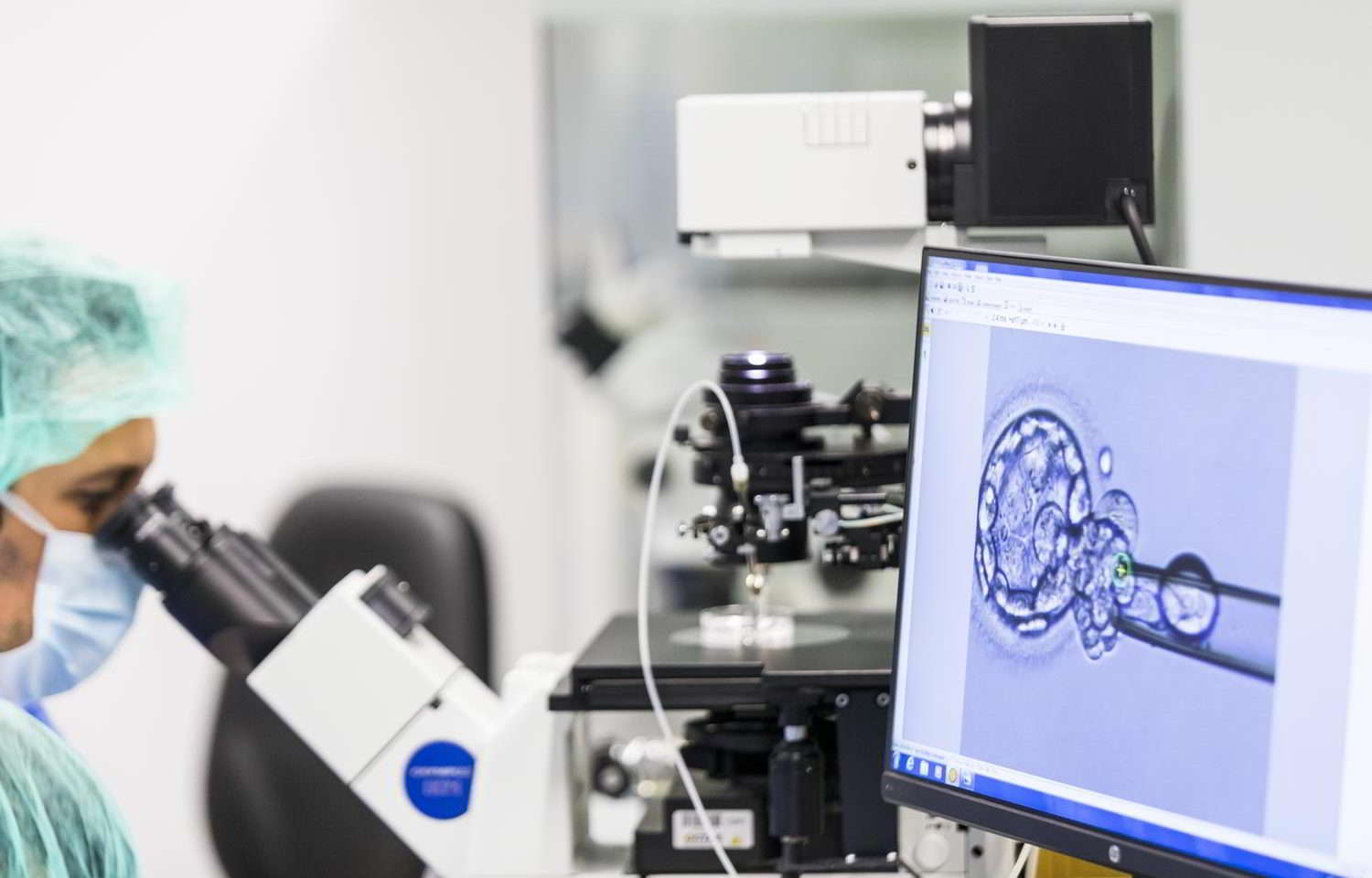Common causes of infertility in men
For men, infertility generally stems from issues with the quality or quantity of sperm. These could be a result of testicular damage or problems with the delivery of sperm due to ejaculatory, obstructive or secretory disorders. The most common causes of infertility are:
Low sperm count (oligozoospermia)
A low sperm count is considered to be anything less than 15 million sperm per millilitre of semen. It may still be possible to conceive with a reduced sperm count, but it is likely to take longer. There are many factors that can contribute towards a low sperm count, including hypogonadism, sexually transmitted infections like chlamydia and gonorrhoea, as well as certain lifestyle choices like smoking tobacco, excessive alcohol consumption and the use of marijuana. Many men with a low sperm count are able to improve their chances of conceiving by making healthier lifestyle choices.
No sperm count (azoospermia)
Azoospermia refers to when there is no sperm present in a man’s ejaculate. It is estimated that 1 in 10 men experiencing infertility are azoospermic. There are two different types of azoospermia: obstructive azoospermia and non-obstructive azoospermia. Obstructive azoospermia is where there is a blockage stopping the sperm from reaching the semen, while non-obstructive azoospermia refers to a decreased production of sperm by the testicles, or failure of spermiogenesis.
Abnormal sperm morphology
Sperm morphology refers to the shape and size of the individual sperm cells. Normal sperm have a oval-like head and a long tail, which allows them to swim. Abnormal sperm may have a detached or misshapen head, or a coiled or split tail. Such abnormalities can impede their ability to move and penetrate the egg. This lowers the chances of fertilisation. Although rarely a cause of infertility on its own, sperm morphology is an important part of a routine semen analysis.
Erectile dysfunction
Erectile dysfunction is an often overlooked cause of infertility. It is common, affecting 1 in 5 men in the UK. As healthy sexual function is an essential first step in the process of reproduction, erectile dysfunction can severely limit the chances of conceiving. While the effects of ED can often be alleviated by medication and healthy lifestyle changes, there are also surgical treatment options.
Obesity or a high BMI (30+)
For both men and women, having a BMI over 30 can hinder your chances of conceiving. Although the relationship between weight and fertility is complex and should be assessed on a case-by-case basis, men and women with a BMI between 18 – 25 have been shown to have better chances of conceiving and higher chances of success with ART.
Undescended testicles (cryptorchidism)
The testicles are important male reproductive organs that generate sperm. Male babies are normally born with both testicles located in the scrotum, however sometimes one testicle (unilateral) or both testicles (bilateral) is inside the groin or lower abdomen. Usually, the undescended testicle(s) will move to the proper position by the time the baby is three months old, by which point they begin to develop the cells that will go on to support spermiogenesis. Undescended testicles negatively affect important testicular development in infancy, which can impair fertility later in life.
Physical trauma or surgery to the testicles
Physical trauma to the testicles, also known as testicular trauma, can cause infertility in men. It’s normally the result of accidental physical damage to the testicular tissue. In some cases, treatment for certain testicular conditions may require surgery, which can also have a permanent effect on fertility.
Genital tract infections
Male genital tract infections account for roughly 15% of cases of male infertility.

